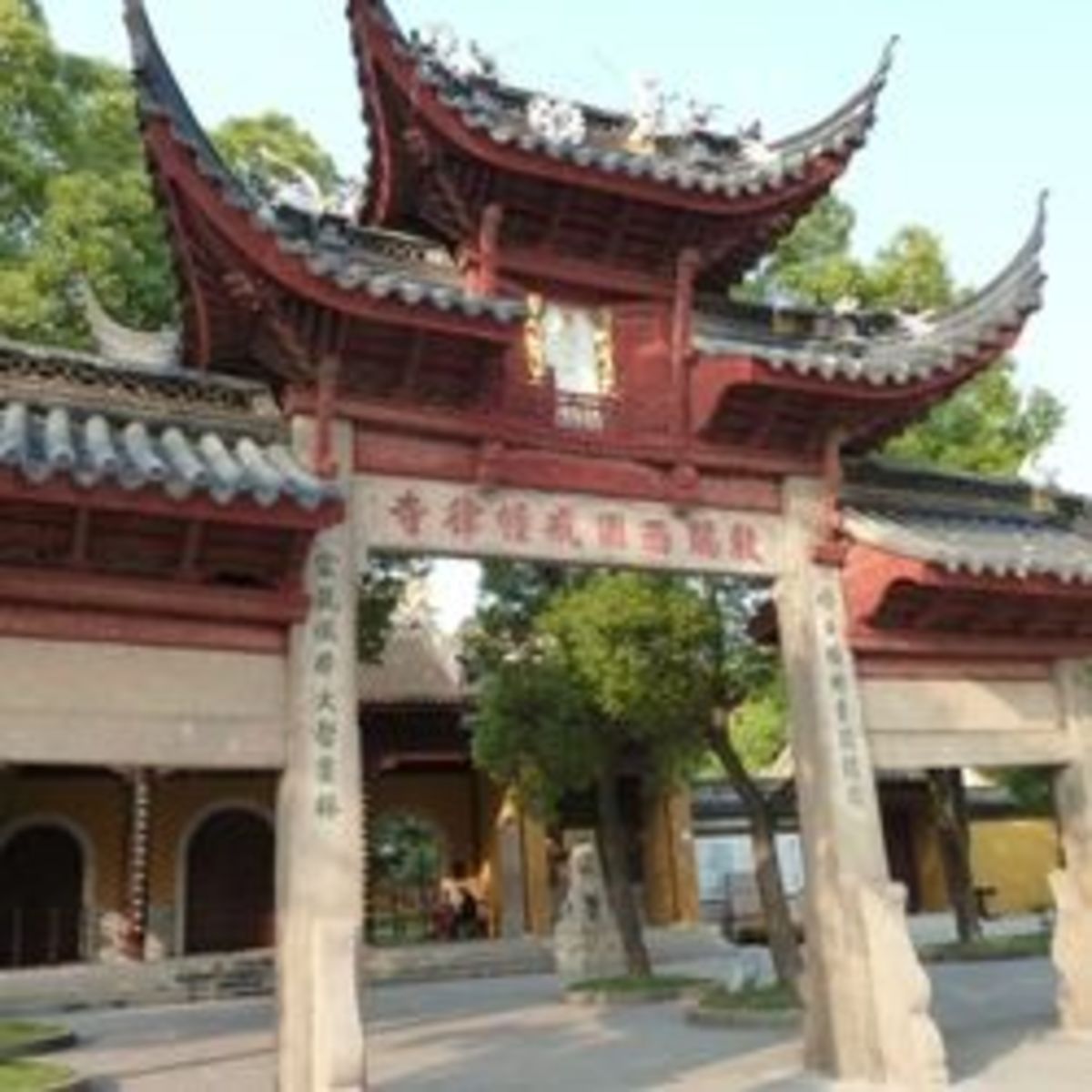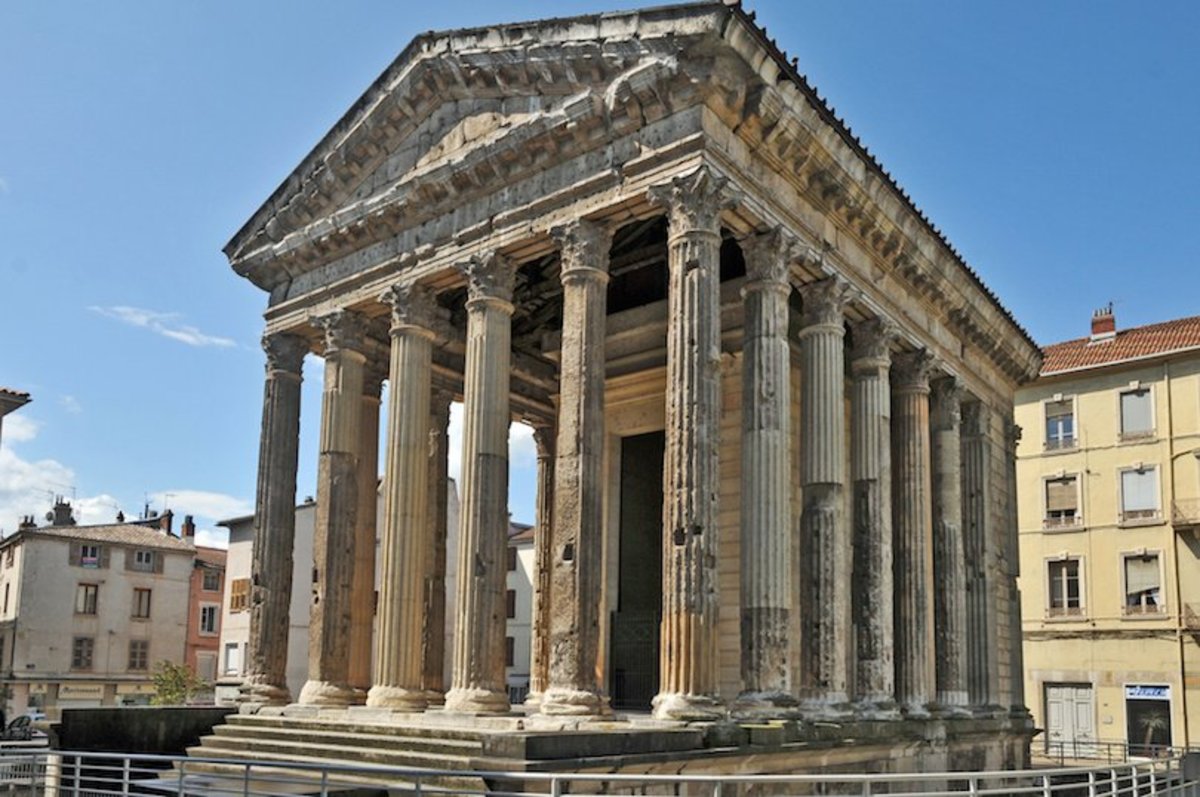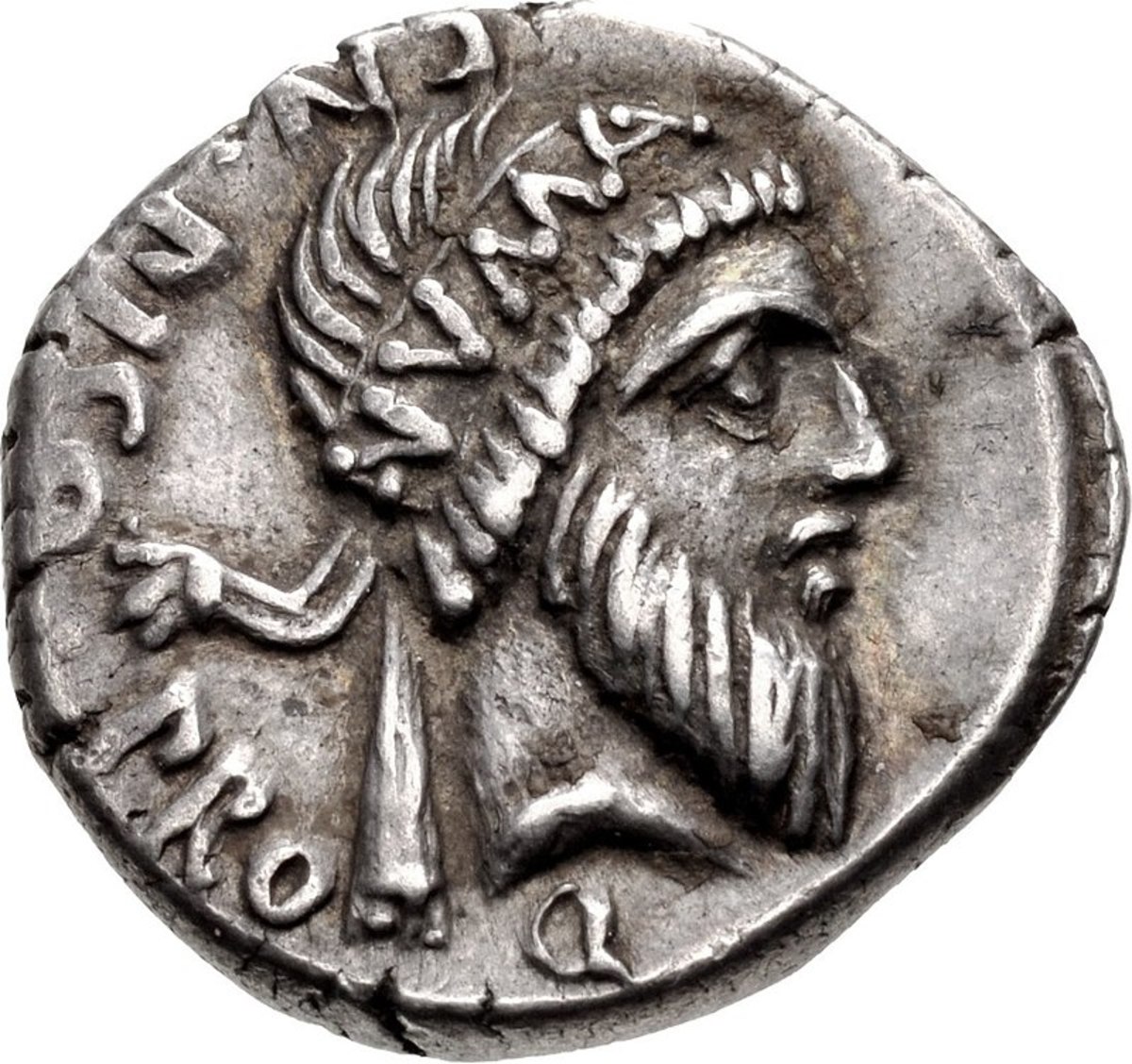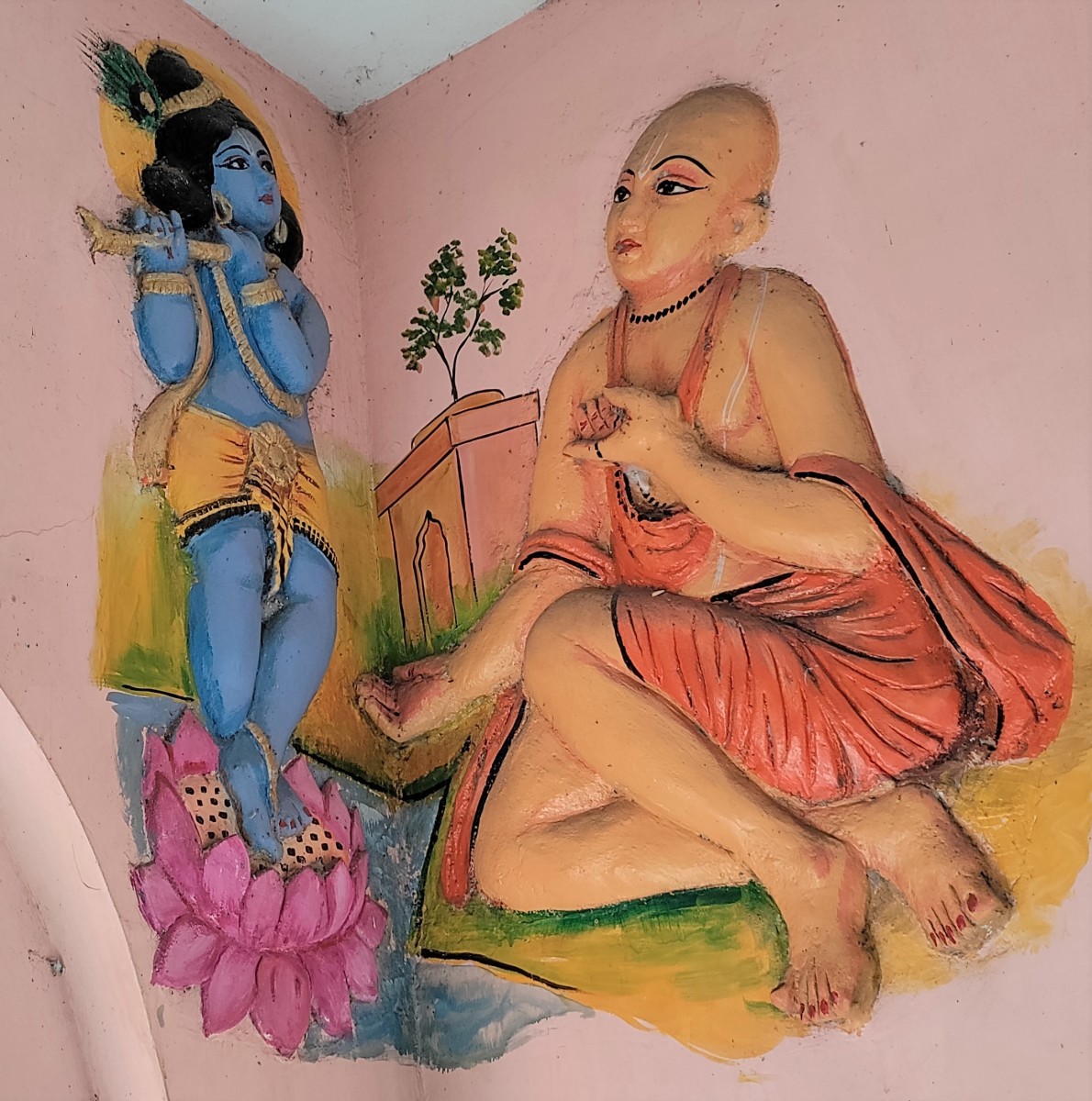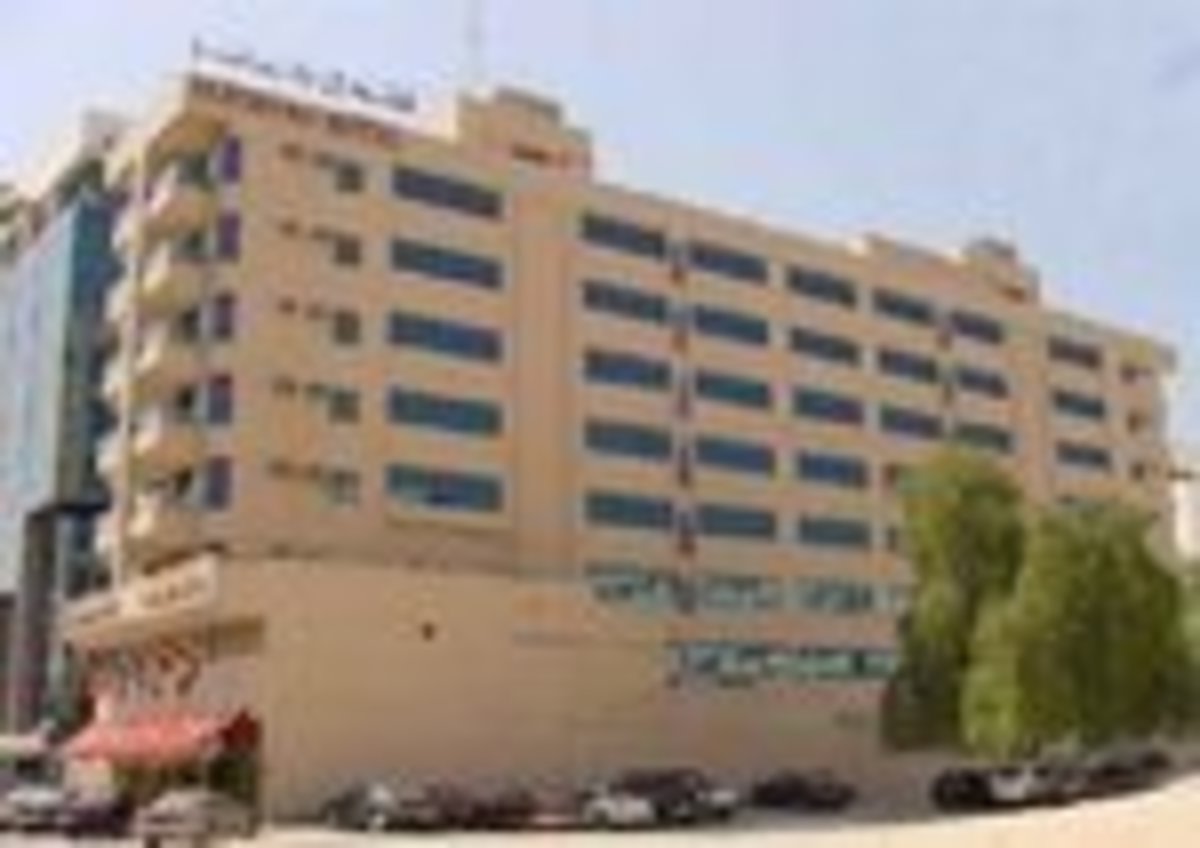- HubPages»
- Travel and Places»
- Visiting Asia»
- Middle East
Petra – The Wonder City of Jordan
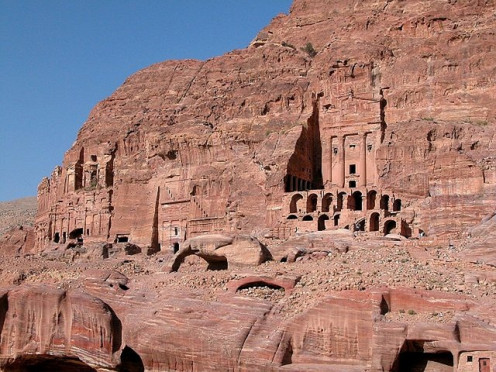
Petra Jordan History
Petra is one of the most spectacular archeological sites of the world, full of abandoned temples and tombs built in sandstone cliffs of Jordan. Most of this city was carved into the cliffs of red and orange sandstone; so the city was also named as ‘Rose City’. It is located in a valley about 80 kilometers south of the Dead Sea. This ancient city of Petra is surrounded by mountains and situated near the crossroads between Arabia, Egypt and Syria. UNESCO has described Petra as “one of the most precious cultural properties of man’s heritage”.
Petra was the capital city of the Nabataeans (ancient Arab community). This city was very prominent in ancient times because of its closeness to the old caravan routes and because of the availability of permanent water resources. Location of the Petra was close to the trade route to India and China and near to the path to Syria. In the 2nd and 3rd century B.C. Petra played an important role in the development of caravan trading and in that period its territory was expanded to north up to Damascus.
Petra, as per the Arab belief, is the spot where Moses (biblical character) struck a rock with his cane and water came forth. Moses’s brother, Aaron was buried in Mount Aaron or Jabal Haroun (present name) in Petra. The valley in which the city of Petra is situated was known as ‘Wadi of Moses’.
Ancient City of Petra

Excavations revealed that Petra is a very ancient city and its oldness can be dated back to 10,000 B.C., the Upper Paleolithic period. Petra was the main center of Nabataean culture in olden times. During the Nabataean rule, Petra was well-known for its caravan trade and hydraulic engineering systems. Between 6th and 4th centuries B.C., the control of the city was moved to a new tribe known as Edomites and Petra became the center of Edomite culture in around 1200 B.C. Edomites were known for their wisdom and for their skills in writing, ceramics works, textile industry and metal working.
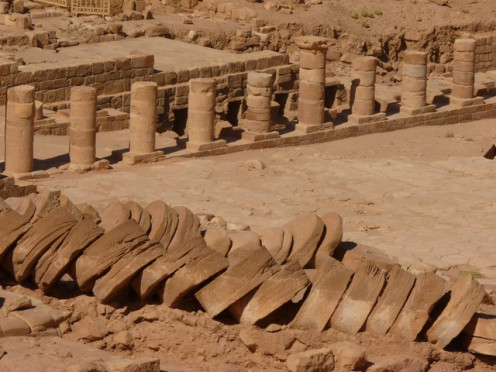
Roman general, Pompey conquered Petra in 1st century A.D. and from that period onwards it was under the power of the Roman Empire. In the year 106 A.D., Petra completely became a part of Roman Empire under the Roman Emperor Trajan and the political and economic control was completely transferred into the hands of Romans. In the 7th century A.D. Petra city fell under the control of Islam after the establishment of Umayyad Caliphate of Damascus in 661 A.D.
Amazing Construction Works in Petra
Petra was a beautiful city full of temples, tombs, commercial buildings and residential houses. The temples and tombs are still there, but most of the other constructions were crushed to sand due to the adverse weather conditions.
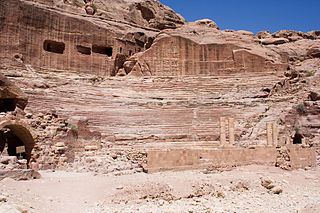
The studies show that the construction of tombs and temples were started as early as 300 B.C. and these constructions were marked by Egyptian and Assyrian features. Greeks and later Romans were also influenced the construction works in Petra. Notable work of Romans was the theatre, capable of holding 3000 audiences. Most of these works were strenuously cut into the cliffs of soft sandstone. Another significant building in Petra is the Crusader fortress built in the 12th century A.D.
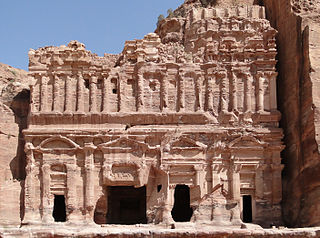

Al Khazneh is a rock temple carved in the cliff having a height of 30 meters. It became the symbol of the city of Petra. Al Khazneh was originally built as a mausoleum at the beginning and it was believed to be functioned as the treasury of Egyptian Pharaoh during the period of Moses. The famous Hollywood director Steven Spielberg exploited the beauty of this rock temple and used this location for the shooting of his English film ‘Indiana Jones and the Last Crusade’.
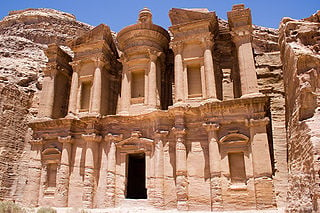
Al Deir is another splendid construction in Petra entirely carved out of red sandstone of a mountain wall and it is the largest structure in the city of Petra. This temple is 50 meters wide and 45 meters tall. Height of its entrance door is 8 meter. A very large and flat courtyard was there in front of this temple and this courtyard was capable to accommodate thousands of people. Al Dier is also called as ‘The Monastery’ because it is believed that this temple was used as a church during the Roman rule; carvings of a few crosses can be found on the interior walls of the temple as the evidence of this belief. Al Dier is also believed to be the burial place of Miriam, the sister of Moses, though the exact location of her burial place had not been identified so far.
Petra - City of Mysteries
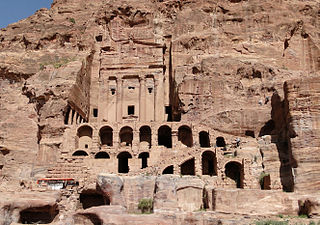
Religion of the People of Petra
Nabataeans were very earnest in their religious practices and they built many temples for the worship of their God Dushara. Christianity found its way to Petra in the 4th century B.C. In 324 A.D. the Roman Emperor Constantine declared Christianity as the religion of the empire and after that the Nabataeans were enforced to accept Christianity as their religion. For the next three hundred years several attempts were made by the Romans to impose the new religion to the people of Petra. An engraving in Um Tomb indicated that its interior was converted into a Christian church in 5th century A.D. A Diocese was created in the city for the propagation of Christianity. Islam religion became popular in this place after the reign of Petra fell into the hands of Umayyad Caliphate of Damascus in 661 A.D.
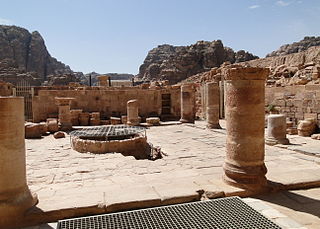
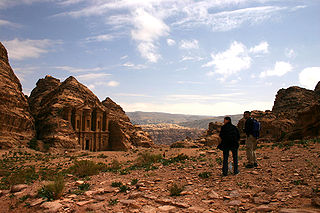
Decline of the City of Petra
The decline of the city of Petra was started with establishment of Abbasid Caliphate in Baghdad in 750 A.D. Petra came under the rule of Abbasid Caliphate in 8th century A.D. and they had neglected the development and growth of the city. This deterioration was intensified by the natural calamities occurred in 7th and 8th centuries in that area. Multiple earthquakes happened in these periods destroyed the agricultural and commercial infrastructures of Petra. After this period the city of Petra remained abandoned till its re-discovery by the Swiss explorer Johann Burckhardt in 1812.
Petra
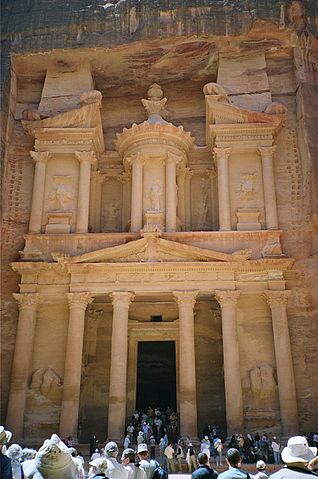
Threats and Protection of the City of Petra
Petra survived many national calamities; an earthquake in 364 B.C. destroyed half of the city and after that many other repeated earthquakes had to be suffered by this landmass in 7th and 8th centuries. Many ancient buildings and structures had been collapsed and destroyed during these earthquakes. Presently the salt blown from the Dead Sea is a threat to this monument because the buildings carved out of delicate sandstone will slowly weaken by the continuous contact with salt in the wind.
Petra National Trust was established in 1989 to co-ordinate the local and international projects for the promotion, conservation and preservation of the site of Petra. UNESCO and ICOMOS selected Petra as the first in the list of the sensitive World Heritage sites in the book published by them about human and natural threats to the sensitive World Heritage sites.
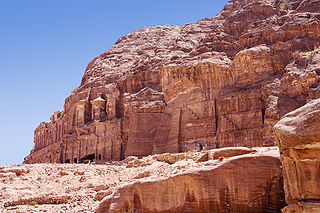
Cultural Activities Based On This Astounding Wonder City
The city of Petra appeared in some novels such as ‘The Eagle in the Sand’, ‘Left Behind Series’, Appointment with Death’, ‘Last Act in Palmyra’ etc. Petra is the main theme in the John William Burgon’s sonnet named ‘Petra’ which won the Newdigate Prize in 1845. Some film directors had showed interest to use this location to shoot their films. Some films that used Petra city as the location for shooting are ‘Arabian Nights’, ‘Indiana Jones and the Last Crusade’ and ‘Mortal Kombat’.
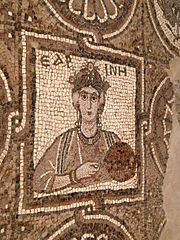
Petra is enormously rich with its elaborate temple and tomb architectures, religious places, diversion channels with cisterns and reservoirs for agricultural purposes. Further archeological excavations unearthed the ruins of many residential dwellings, copper mines, churches and other buildings in addition to the temples and tombs. Petra is half-built and half-carved into the rock. These different archeological remnants from ancient times bear enough evidence of the lost civilization which existed in an excellent condition for a long time.
UNESCO declared Petra as a World Heritage Site on 6th December 1985. This city was named amongst the ‘New 7 Wonders of the World’ and the Smithsonian Magazine had chosen Petra as one of the ’28 Places to See before You Die’.




